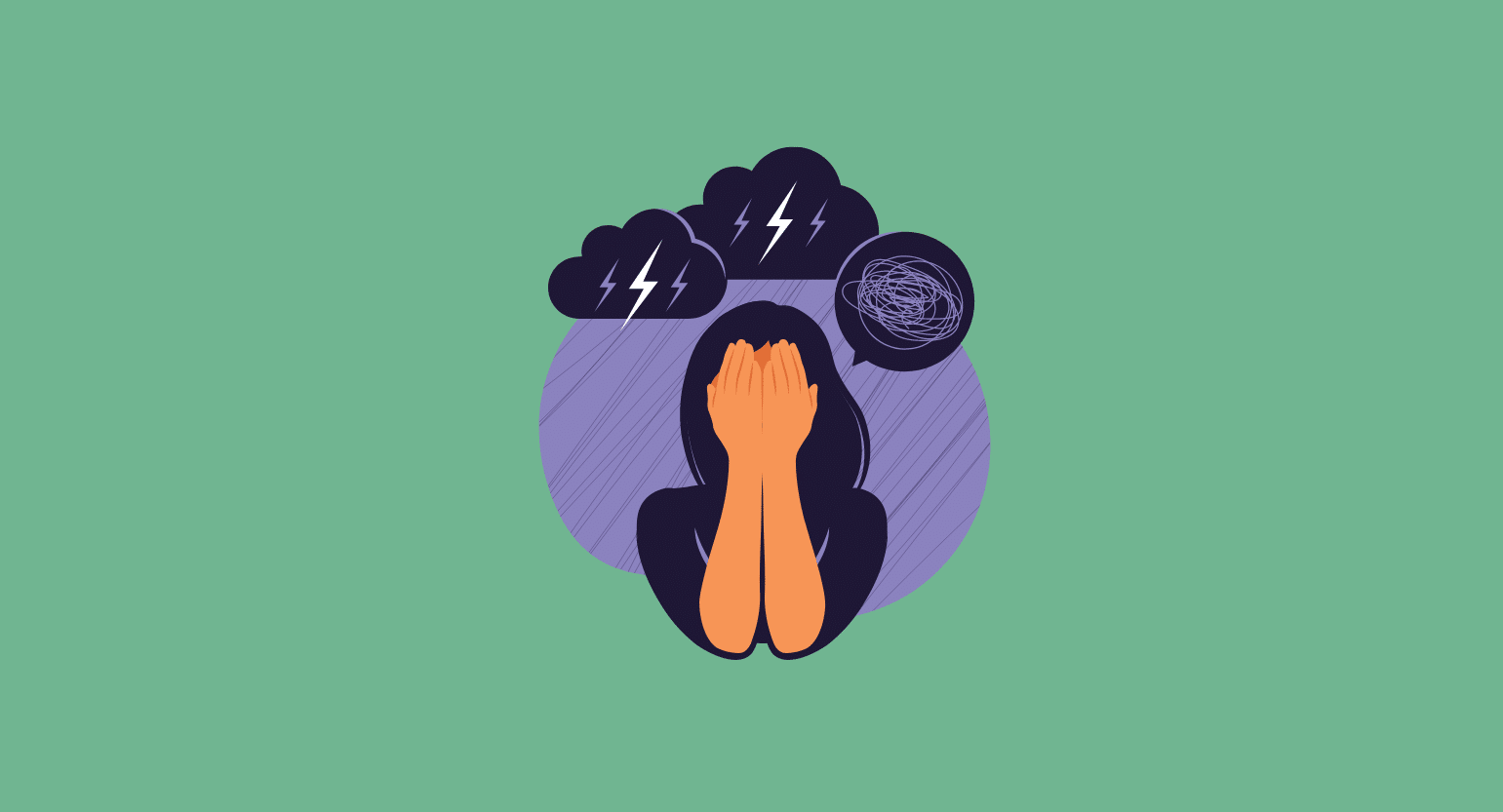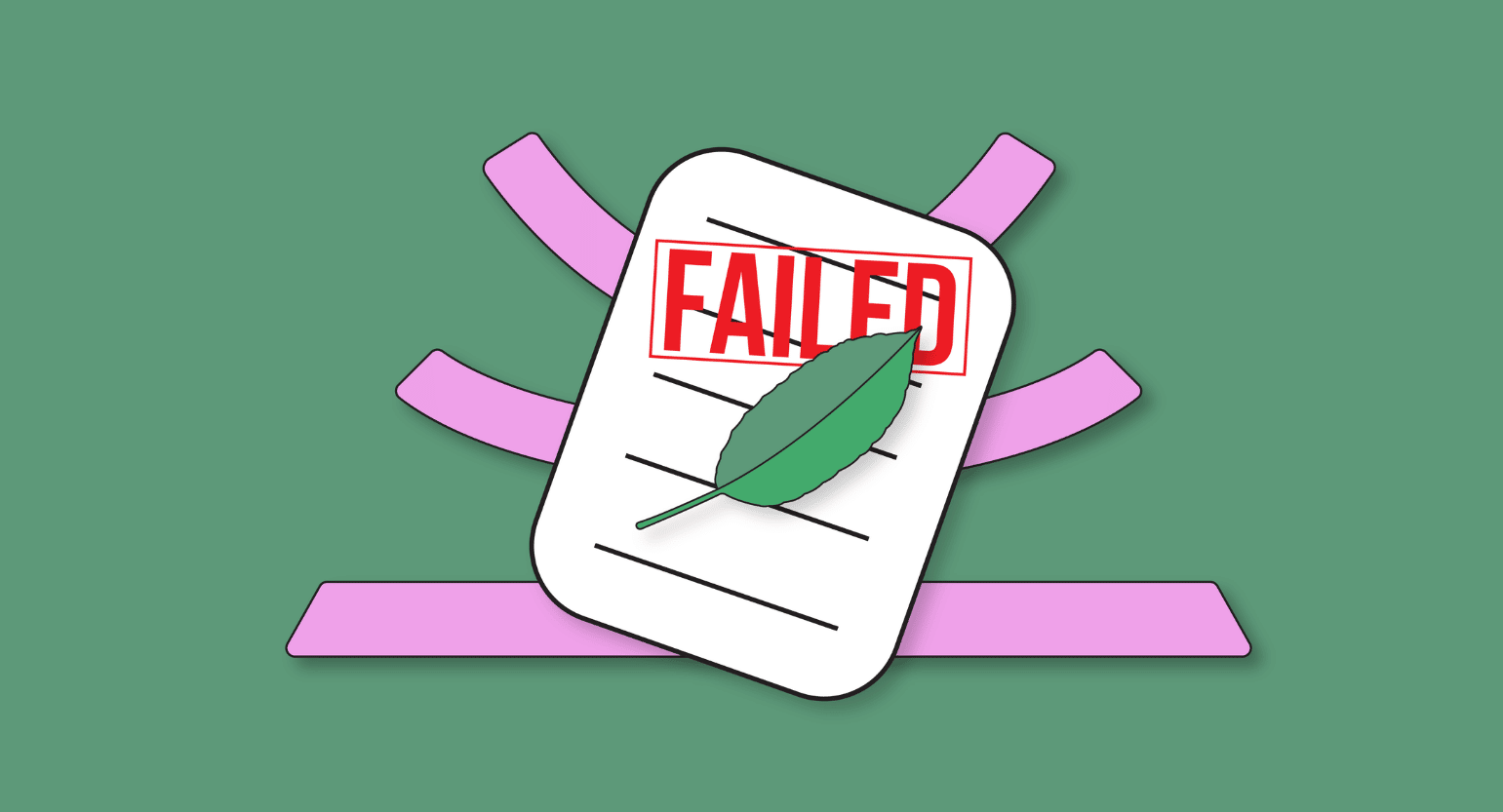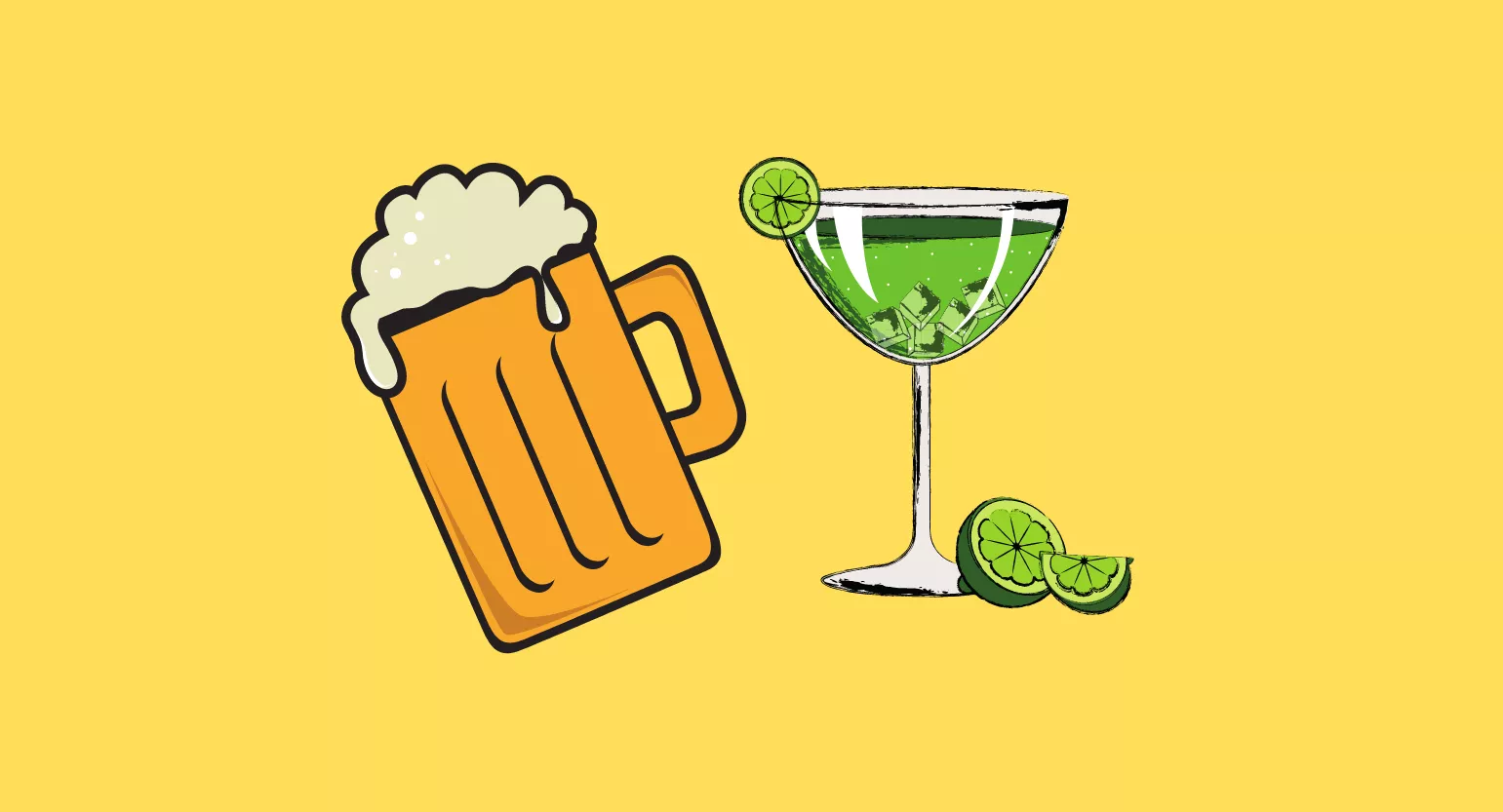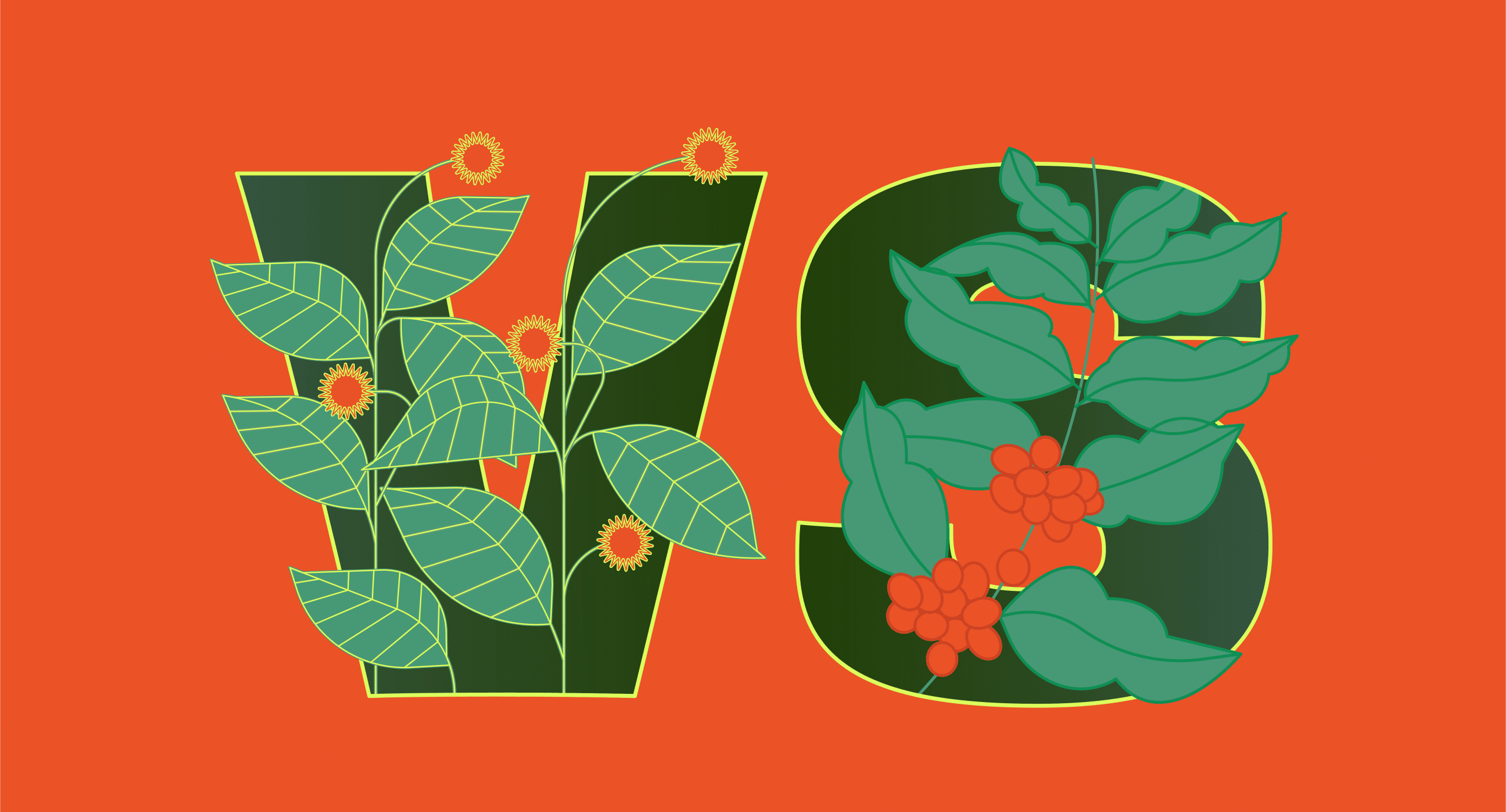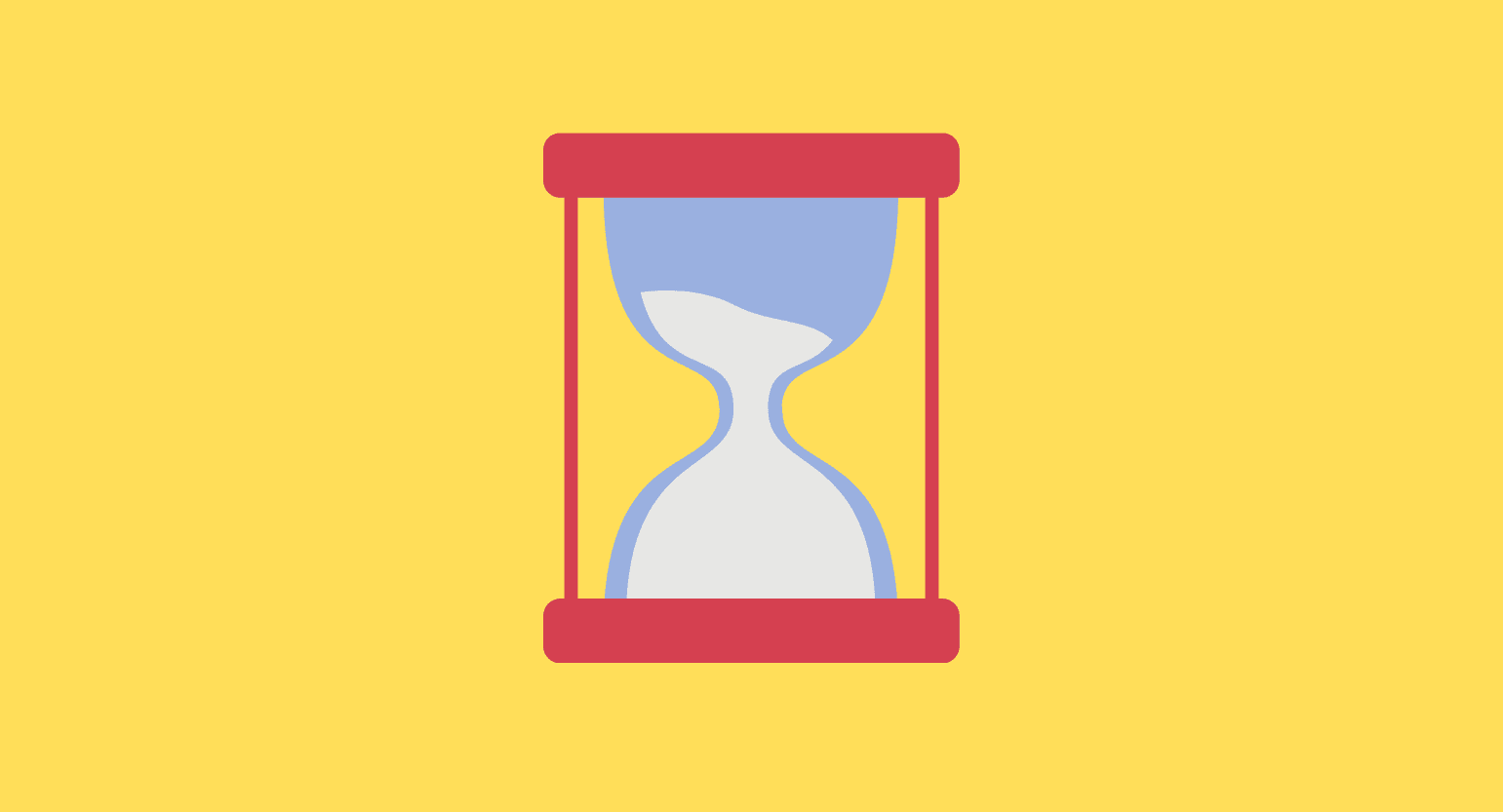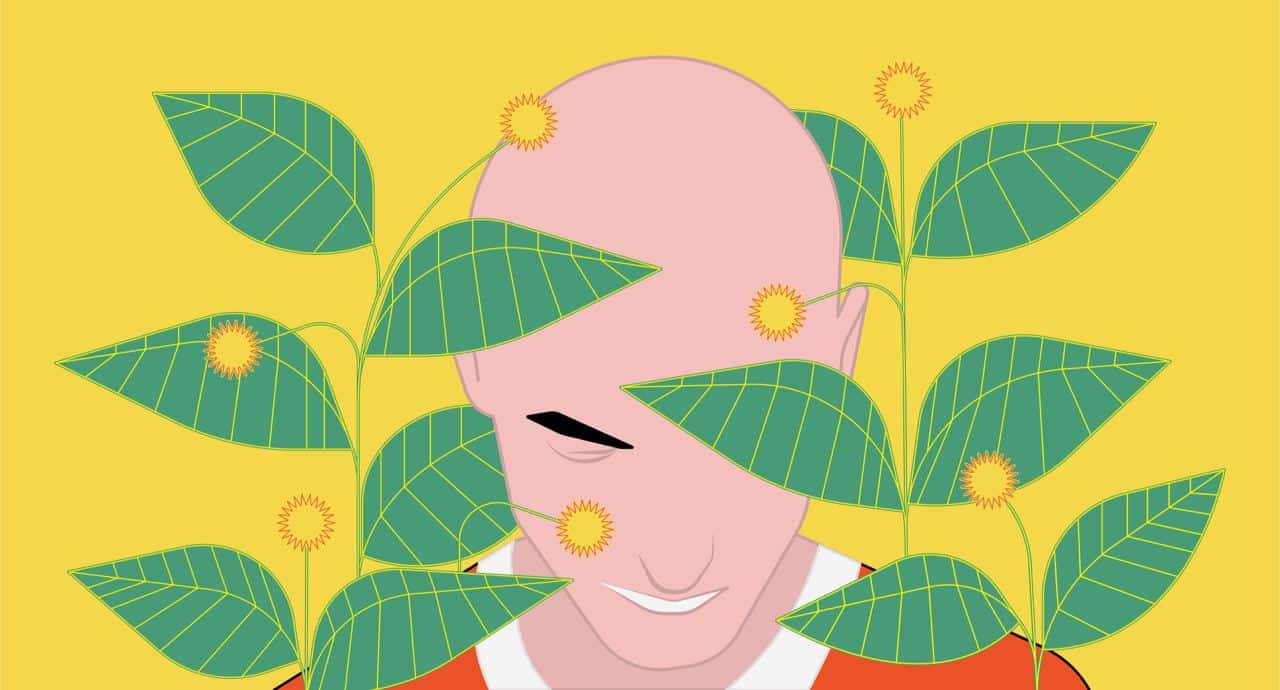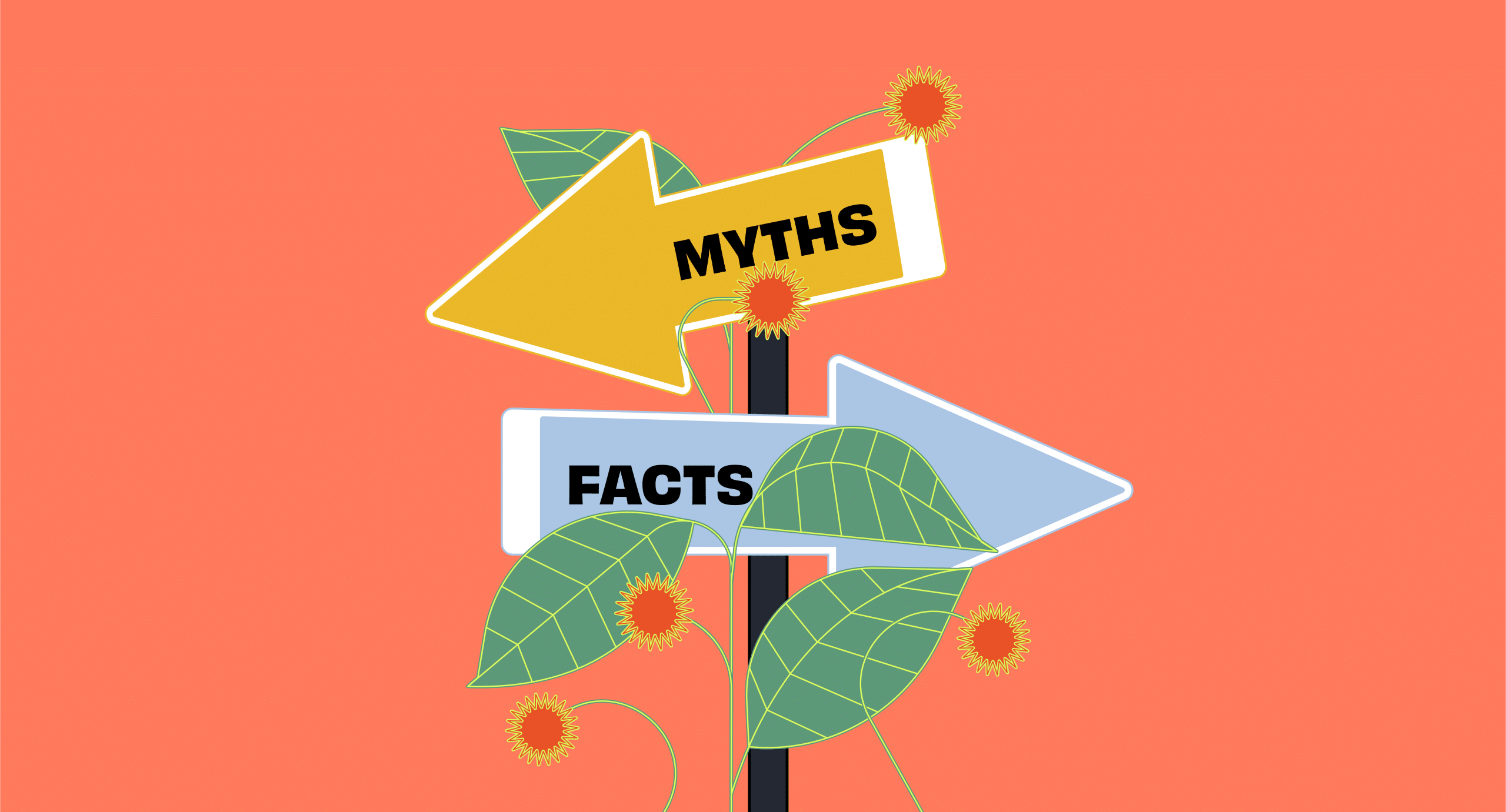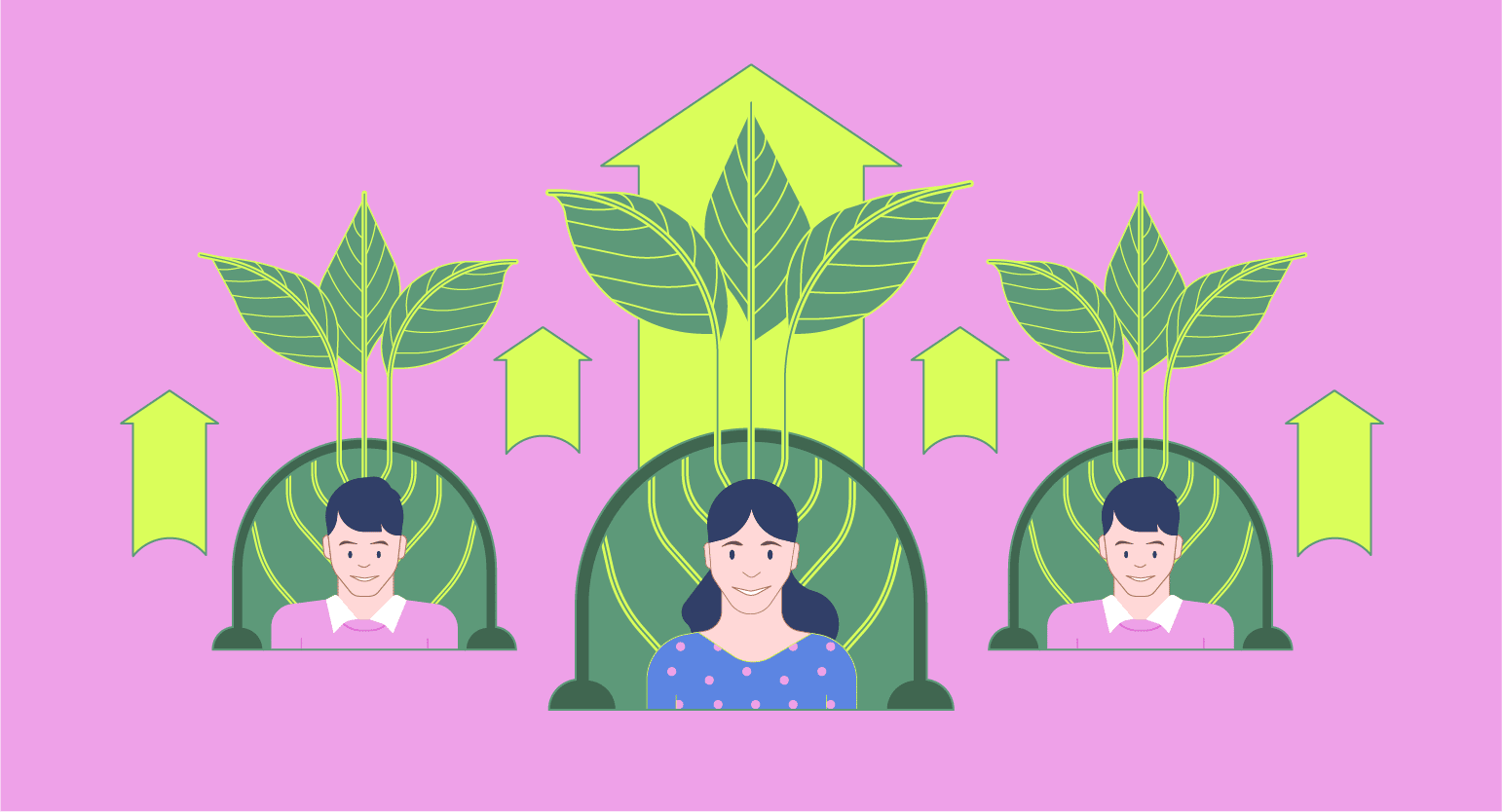Why Use Kratom?
Kratom has been used for many centuries to help people improve their mental and physical lives. Even now, farmers and laborers chew the raw leaves for an extra burst of energy during particularly demanding workdays or after work to help them relax.
Emotionally, it’s also a great stress reliever. Kratom soothes anxiety and agitation and can provide lethargic or depressed people with vigor and energy.
How is it that the plant can provide people with such different effects? On the one hand, it can be soothing, like a warm hug that melts away anxiety and stress. On the other hand, it can turn you into an ox, letting you charge through even the most depressive episodes.
There are several reasons for this, all of them tied together. The different factors essentially amount to one thing, though: variation in the plant’s active chemicals, called alkaloids. The difference in alkaloid content is primarily a result of the different processing methods used by kratom farmers.
Each alkaloid is unique and produces its effects on the human body. Combining these alkaloids determines the type and intensity of the kratom’s effects.
The most stimulating varieties tend to produce the most notable mood boost. These strains are the most useful for treating depression because not only do they make you feel happier, but they can also provide the motivation to get out and do stuff.
Relaxing strains can also help fight depression and anxiety, but they do so differently. Red strains are soothing and sedating. More than anything, they tend to numb or blunt out any unpleasant or unwanted feelings. They’re the best painkillers, physically and mentally.
Related: Is Kratom Bad for You?
The Shadow Side of Kratom: Addiction & Side Effects
When people discuss the effects of kratom, they generally focus on the positive elements.
Kratom can be useful for fighting anxiety, improving mood, boosting energy, increasing focus, and improving overall well-being. Great! Stimulating strains perk you up and turn you into a tank; relaxing red strains sedate you into a blissful numbness.
People often fail to acknowledge the shadow side of kratom: the side effects, after-effects, the risk of dependence and addiction, and the potential for withdrawal. Of course, these things are no fun, but they’re just as important to discuss, if not more so.
Here’s a look at a few factors that come into play with kratom and depression.
1. The Psychological Impact of Each Strain
You’re probably already aware that there are many different strains of kratom. Their color describes the major differences between the strains.
All kratom is green in hue. And yet, strains are always labeled either red, white, or green. Yellow and gold strains are sometimes available as well. These color descriptions are used as a code to let people know whether their kratom will be primarily stimulating or relaxing.
White strains, for example, are the most stimulating, whereas red strains are the most relaxing.
This is important to pay attention to because the energetics of kratom has a considerable influence on its psychological and emotional effects.
Some of these symptoms can contribute to or exacerbate depression, so it’s important to be aware of them. Understanding which strains are more or less likely to cause specific side effects will also help you decide which kind of kratom to use.

Red Strains
Red strains — and even some yellow — are more likely to cause side effects related to emotional blunting and numbness. Some people might want to think of this as a positive symptom. Better to be blunted than depressed, right?
Unfortunately, the emotional blunting that starts to set in during a severe kratom habit isn’t necessarily enjoyable. Whereas relaxing strains initially tend to produce a sort of blissful numbness, this tends to degrade into apathy over the long term.
In the short term, induced apathy can be useful. But in this case, it’s not really a short-term, controlled effect. It usually takes months of daily kratom before something of this caliber happens. Users are usually fully dependent and feel even worse without the kratom by that time.
Even if it were an on-demand thing, it wouldn’t be wise to blunt your feelings over the long term. This is a psychological Band-Aid approach to your depression that won’t actually help you heal from it. This would also be considered the misuse and abuse of plant medicine.
Some people recognize that the world seems much clearer during their off-days (or whenever they unexpectedly run out of kratom). Despite the kratom continuing to energize them following consumption, it becomes apparent that it’s dampening their mood and mental clarity.
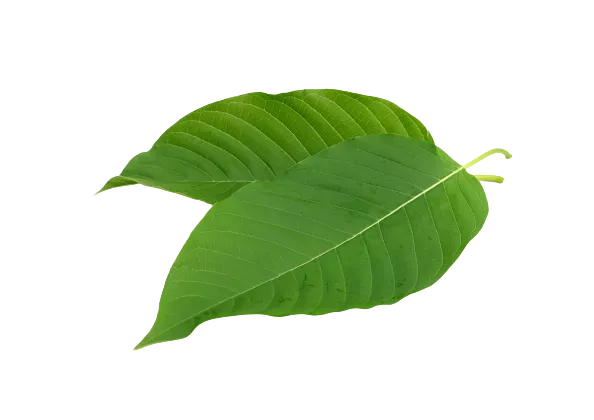
White Strains
White strains are more stimulating and can initially cause anxiety — which often goes hand in hand with depression. Some green strains are stimulating enough to cause this. If you’re already struggling with depression and find that kratom provokes additional anxiety, this can worsen your quality of life. Possibly.
This certainly isn’t a majority response. Furthermore, many people are happy to trade in their depression for some motivation, sociability, and energy, even if it means that they have to deal with a bit of anxiety. Those marred by apathetic depression may even find themselves excited at the prospect of being able to feel something, even if it is anxiety.
Also, note that it’s generally only those who are highly sensitive to stimulants or environmental stimuli who experience increased anxiety from kratom. If a cup of coffee sends you into a blind panic, then you might find white kratom provokes anxiety.
Emotional blunting can also occur with stimulating strains. However, since users will remain active and energetic while using their kratom, this tends to manifest differently than it does among those using relaxing strains.
2. Emotional Changes
The fan of relaxing kratom might become closed off, apathetic, and push people away. On the other hand, those who become emotionally blunted while remaining engaged with life, like stimulant users (enter white kratom fans), tend to become stand-offish and irritable.
Whatever the case, neither of these are desirable traits, especially if you’re not aware of how you’re acting. You’d be surprised how many people use kratom daily and have no idea how strongly it can influence their emotions. It’s easy to become a huge jerk without realizing how badly your kratom habit affects you.
With the proper knowledge and awareness, you can catch these symptoms before they affect your life. Others, however, remain ignorant of their changing behavior. This leads to them alienating themselves from their friends, damaging romantic relationships, and struggling to meet new people.
Unaware (or refusing to accept) of the simple fact that their beloved kratom has turned against them and upturned their emotions, and thus their character and ability to connect with others, they feel like the entire world is turning against them.
This, in turn, can fuel more irritability and pessimism, which might then cycle them deeper into depression.
If you have enough self-control and know yourself relatively well, what you just read is probably enough to prevent what we’ve just discussed from happening to you.
If you notice yourself being short with people over things that wouldn’t normally bother you, getting into more arguments than usual, struggling to sympathize, or what have you, you’ll have the wherewithal to see if it has something to do with the kratom. It might.
It also might not. These symptoms don’t occur among everyone, although they certainly occur among more users than there are willing to admit.
Related: Signs of Depression

3. Kratom’s Opioid-Like Effects
All kratom strains can cause similar effects to traditional opioids, like morphine and heroin. Kratom is much safer and somewhat self-limiting (it tastes gross, and you’ll end up sick before you can consume a physically dangerous amount). However, it still causes similar effects in the body, albeit less intensely.
But that doesn’t make kratom’s side effects any more enjoyable. If you use too much kratom, you might experience constipation and other digestive issues, brain fog, emotional bluntness, fatigue, anxiety, low motivation, and lethargy.
As you can see, several of these symptoms are associated with depression.
If you burn through months using kratom every day, your brain and body eventually get sick of the overload. Your nervous system and brain basically dial back your reward and pleasure centers to avoid constant stimulation.
The result of this is a depressive fog. If you’re not conscious or well-educated about substance use or psychology, there’s a significant chance at this point that you’ll step into a kratom addiction.
Most people don’t associate these changes with kratom. Many people don’t notice them since they tend to emerge gradually. Many people start consuming more kratom at this point, thinking that they’re dealing with additional stress or that their kratom is getting old or their new batch is less potent.
And thus, the addictive cycle can begin. If it’s not broken quickly, the body will continue trying to retreat from the constant stimulation. The day-to-day depressive symptoms will continue to worsen. And again, an unconscious or uneducated person may think the best solution is more kratom.
Related: Can You Overdose on Kratom?
4. Kratom Withdrawal & Post-Acute Withdrawal
Most people who use kratom will only experience depression once they stop using it. Furthermore, this is only if they’ve developed a big enough habit for their usage to upset their natural balance of hormones and neurotransmitters.
If you have developed a dependence on kratom, you’d best prepare for some turmoil. Depression is one of the most common complaints of kratom withdrawal, and it tends to be particularly nasty.
People who use kratom to wean themselves off of other opioids often report that the depression they experience during kratom withdrawal is a psychological torment that surpasses any emotional issues associated with typical opioid withdrawal. It is a very nuanced and unpleasant depression often accompanied by some other dysphoric symptoms.
Physically, kratom withdrawal will unlikely ever approach the same intensity as withdrawal from something like heroin. However, since kratom has all sorts of other alkaloids present, it affects a much wider assortment of bodily and cognitive symptoms than a synthetic opioid.
In this sense, it’s much closer to poppy tea than other opioids. And, just as with kratom, people with addictions to poppy tea often report that the hideous and multifaceted depression is one of the most challenging symptoms to cope with.
Acute Withdrawal
The acute withdrawal phase is the immediate, intense, and highly uncomfortable period that follows immediately after somebody stops using kratom. Depending on the intensity of your habit and your preferred method of consumption, it can start anywhere from 4 hours to 48 hours after your last dose.
Acute withdrawal generally lasts between three days and a week, again, depending on the specifics of your habit. Symptoms will increase in intensity until day two or three and then gradually subside.
Kratom withdrawal is associated with all the same symptoms as typical opioid withdrawal. Because of kratom’s numerous alkaloids and unique properties, users may also experience some unusual symptoms. The intensity of certain symptoms may also vary or fluctuate compared to regular opioids.
Physical Withdrawal Symptoms:
- General physical discomfort, malaise
- Nausea and vomiting, diarrhea
- Cold-like symptoms (feeling groggy, runny nose, headache)
- Flu-like symptoms (fever, clamminess, sweats, chills)
- Lethargy, lack of motivation
- Increased sensation of pain
- Insomnia
- Restless legs and arms
Psychological Withdrawal Symptoms:
- Anxiety
- Brain fog
- Confusion
- Depression
- Loss of enjoyment
- Social withdrawal
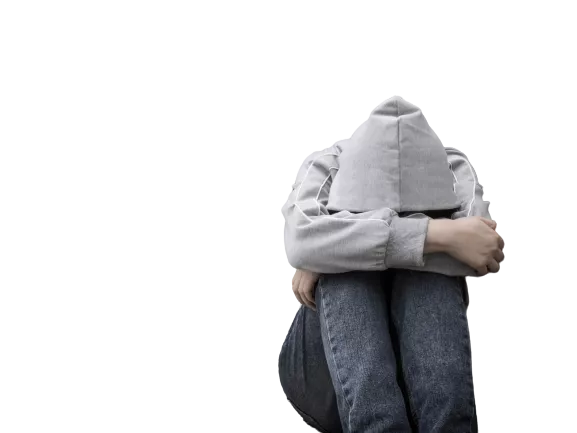
How Long Does Withdrawal Last?
If you’ve been using kratom for a long time, your acute withdrawal phase could last longer than a week. However, this is quite rare. In most cases, day seven is when people start to feel like themselves again.
Once the acute withdrawal is over, you might find yourself extremely elated to go about life without kratom. This is a fantastic feeling, much better than any high, but it should also encourage caution.
There have been many cases of people expecting this feeling to persist. It makes sense. One assumes this sense of euphoria and joy to have been their baseline mood before kratom. Unfortunately, this is simply a sensation of accomplishment and reward that one deserves to enjoy following the cessation of kratom.
Don’t get me wrong; you should be proud. And you should feel good about yourself. It’s important to remember that this particular sensation tends to diminish after a week.
Remember, because if you don’t, you might be extremely disappointed when it goes away. Many people have experienced the loss of their post-withdrawal, return-to-life bliss, and faced it as if it were a comedown itself; in a sense, it is.
Because life is still life — we have challenges, anxieties, and obstacles to overcome. Without kratom at our side, these obstacles will seem like much bigger hurdles. But that’s okay because we feel better and grow stronger with each one we toss aside.
Once the bliss fades away — or, perhaps, you aren’t the type to experience it — you might enter the post-acute withdrawal syndrome (PAWS) phase. We recommend that you avoid attaching yourself to any positive feelings immediately after withdrawal. It could trigger a relapse if you go from feeling great and get dumped into PAWS.
Post-Acute Withdrawal Syndrome (PAWS)
PAWS is the real boogeyman for anybody who’s had a severe addiction. Post-acute withdrawal syndrome describes all the psychological symptoms that a person must struggle through during the weeks, months or even years after their addiction.
PAWS only affects people who have had severe or multiple addictions.
These symptoms emerge due to hormonal and chemical imbalances created during addiction. These imbalances can throw off your cognition, nervous system, and mental health. It takes a long time to wear these systems out, so naturally, it takes a long time to repair them.
The longer and more intensely you were addicted, the longer and more protracted your PAWS symptoms will be.
These symptoms can include:
- Anxiety
- Depression
- Loneliness
- Apathy
- Anhedonia
- Lack of motivation
- Emotional instability
- Cravings
If you’re struggling with PAWS or suspect that you might, you should speak with a therapist. Even though the causes are primarily chemical, therapy can still help you learn to cope. Plus, in some cases, PAWS symptoms result from behavioral changes that you embedded during your active addiction.
In either case, prepare yourself to ride the wave. You will feel better someday. A healthy diet coupled with regular exercise is the fastest way to get through PAWS. Certain supplements can also help to repair the neurotransmitter systems in the brain.

Doesn’t Kratom Help With Depression?
Many people use kratom for depression. So, rest assured, it is a reliably effective treatment, at least according to the numerous anecdotes from those who have done so.
So, what gives? How can something so helpful in treating depression happen to cause depression at the same time?
1. Lack of Moderation
Well, first, remember that not everybody experiences depression when taking kratom. In fact, it’s a relatively small minority of people who do. Secondly, these people tend to ignore the principle of moderation.
They may be using kratom in hopes of escaping their depression instead of using it as a tool to help them cope while they find a solution for it. However, this is never going to work. Depression doesn’t just disappear. It’ll come to knock your door down if you ignore it for too long.
Those who experience kratom-induced depression most likely have a pretty serious habit and have had it for some time. Or, they may have had addictions to other drugs that have led to similar biochemical changes in the brain that were more easily triggered by kratom.
2. Brain Chemistry
Another reason kratom might cause depression in some people and not in others is because of its interaction with various chemicals in the brain and nervous system. These chemicals, called neurotransmitters, include dopamine and endogenous opioids.
Kratom tends to activate receptors in both the dopamine and opioid systems. It tickles a few other systems, but not so significantly. Over time, these systems become less sensitive to the body’s naturally produced neurotransmitters. They begin to rely on kratom to provide stimulation.
Everybody has a different balance of neurotransmitters, though. Some people can handle a more significant deficit of a certain type of neurotransmitter but may be more susceptible to the loss.
It’s not an easy thing to predict. Look how many antidepressants our medical professionals usually have to cycle their patients through before landing on one that works. There are no guarantees in neurochemistry.
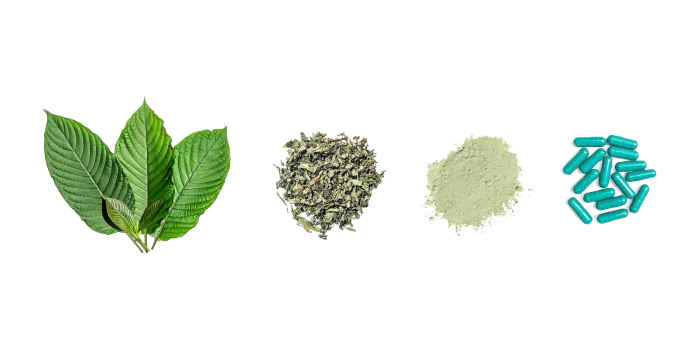
Final Thoughts on Kratom & Depression
Many drugs and herbal supplements can help alleviate symptoms of mental illnesses like depression. However, an ancient herbalist’s phrase rings as accurate today as it did in the past.
If you use a herbal supplement, remember to treat it like a tool and respect it as an ally. Otherwise, eventually, it will turn on you, and the very symptoms you were using it to help with will come back tenfold.
Considering that kratom can be useful for assisting people with such a wide variety of issues, this phrase takes on a lot of importance. And, as anybody who’s gone through kratom withdrawal will attest to, it’s true.
When using kratom, tread carefully, and respect the plant. It’s not a toy, and it’s more than just a herbal supplement. Kratom can be addictive, and addiction is dangerous.
When we start to experience these negative symptoms, it should remind us to re-evaluate our relationship with the plant. If we choose not to do this and instead choose to ramp up the consumption to avoid the side effects, we’re not doing ourselves any favors.
The key takeaway here isn’t to scare anybody away from using kratom. It’s to encourage responsibility and remind people not to get carried away. These plants were given to us by Nature to assist us in our lives, not control them.

